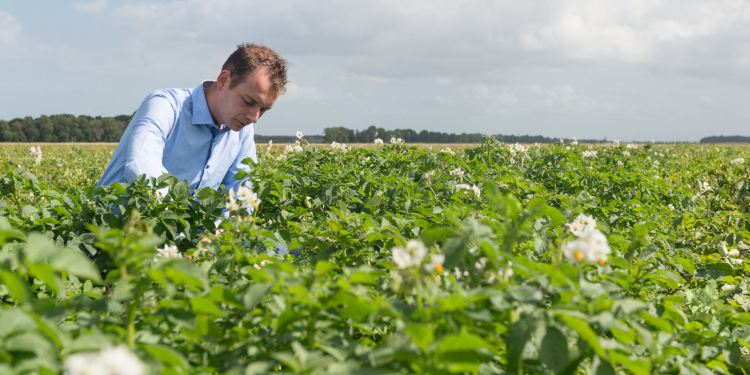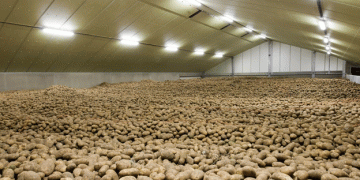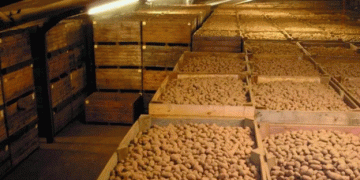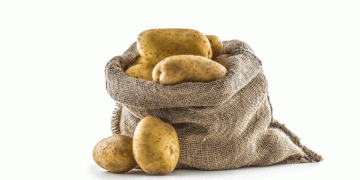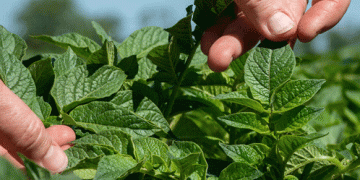Holland Innovative Potato (HIP) makes research into more sustainable and future-proof potato cultivation accessible through a series of knowledge clips or knowledge videos.
In the videos, researchers explain how higher yields can be achieved with less input of manure and fossil fuels. They also explain how production losses can be limited with fewer pesticides and stronger varieties. The knowledge clips can be viewed on the HIP website .
The availability of fertile land and sufficient freshwater in the changing climate pose the challenges for agriculture worldwide in the coming decades, HIP states. The potato can play an important role in this. In terms of water and land use, it is a very efficient crop that offers opportunities for sustainable food production.
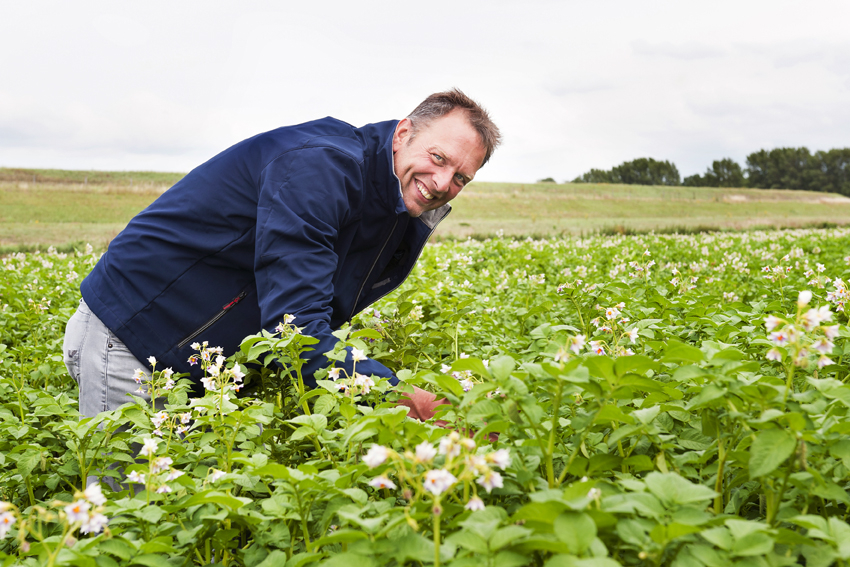
Important global crop
Moreover, the potato is rich in proteins, carbohydrates, vitamins and nutrients, which contributes to a healthy diet. According to HIP, new breeding and processing techniques are now available to fulfill the potential of the potato as an important global crop.
The Netherlands is a global leader in potato breeding, production processing and research. Holland Innovative Potato (HIP) was founded in 2017 to investigate and implement possibilities for sustainability in the production chain. This happened at the initiative of the Dutch Potato Organization (NAO) and the Association for the Potato Processing Industry (Vavi).
Members of HIP are companies and organizations that are active in the breeding, trade and processing of potatoes. These members, the Ministry of LNV and the Netherlands Organization for Scientific Research (NWO) fund the research. This is being carried out at the University of Groningen, the University of Amsterdam and Wageningen U&R.
The six videos
1. How can potato growers adjust the growth of potatoes in a targeted manner? A dashboard is being developed for dosed fertilization and irrigation.
2. How do the roots of the potato plant grow into the soil to absorb nutrients and water? These insights can be applied to select new varieties that require less fertilization and are better able to withstand drought and salinisation in video.
3. How do potato plants distribute their building materials over leaves and tubers? With this knowledge, new varieties can be selected that deal more efficiently with manure and water and set tubers at the right time and with the optimum content.
4. How can potato tuber germination be predicted? As a result, seed potatoes can be distributed and planted in a more targeted way, so that the germination power is optimally utilized.
5. How do potato plants communicate with potato cyst nematodes? By understanding the signals the potato plant sends to these nematodes, it is possible to control the prevention of potato fatigue.
6. Are wild potato varieties resistant to diseases and pests for which there is currently no solution for breeding? Wild relatives of the potato are screened for resistance to fungi, bacteria, viruses, nematodes and insects. Resistant plants are used for the breeding of potato varieties that require less crop protection agents, without leading to loss of production.
